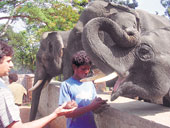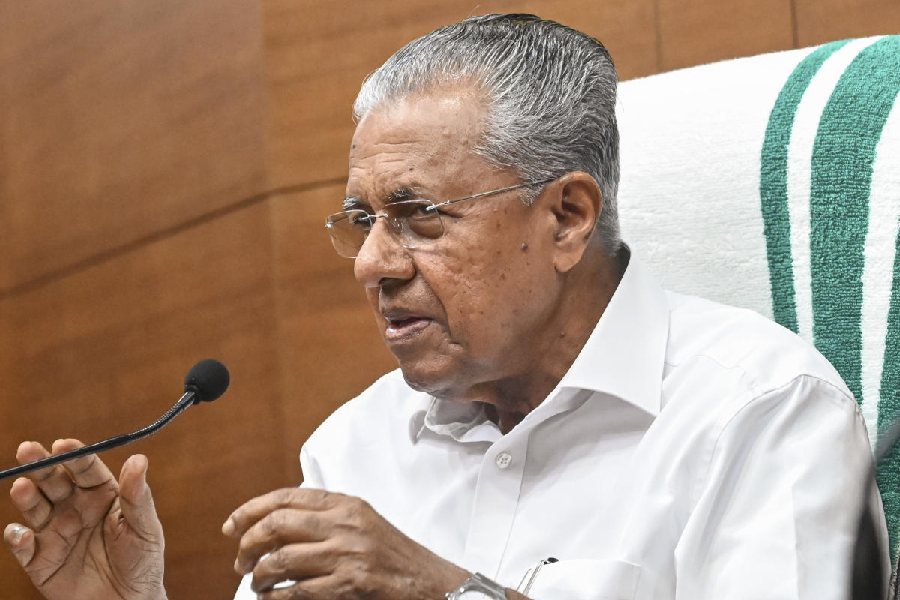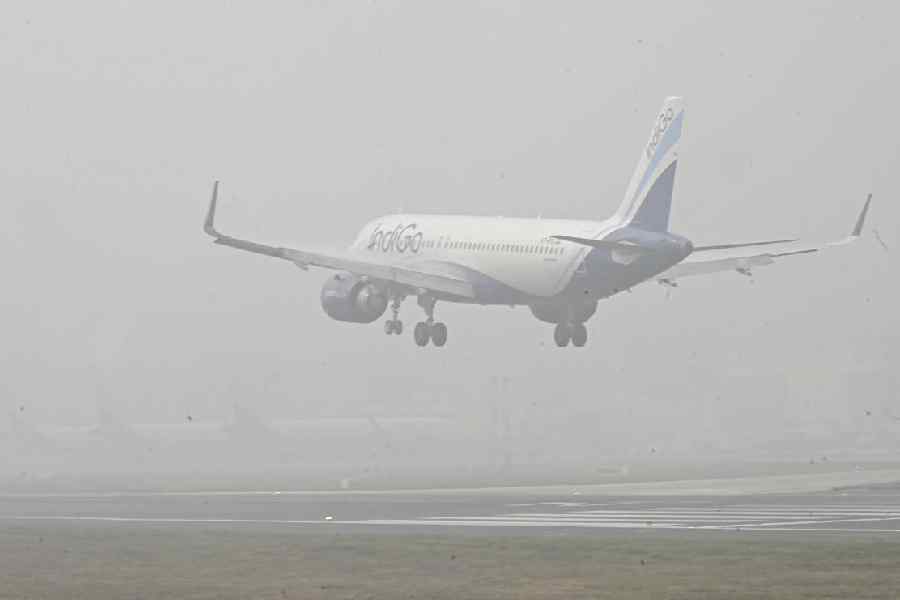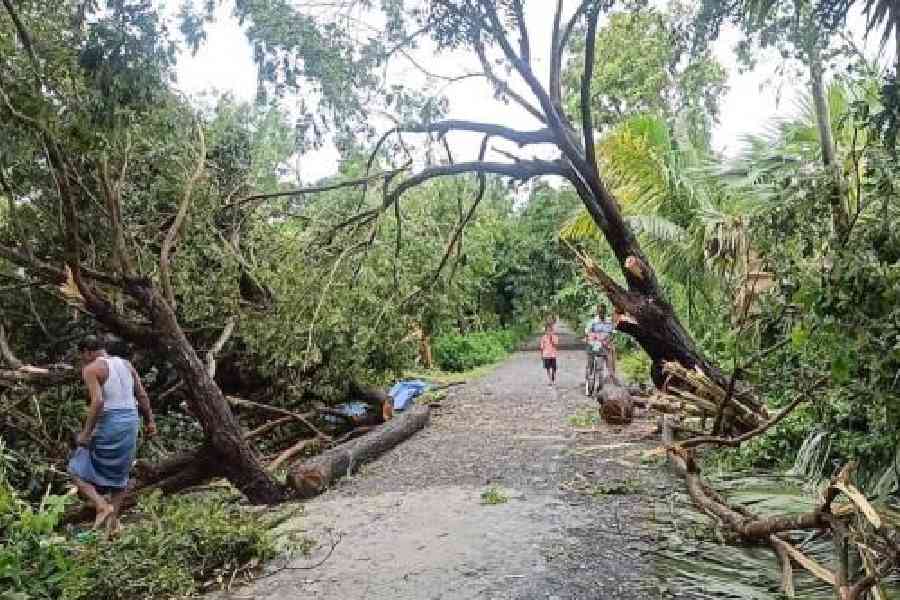 |
 |
 |
 |
 |
| (From top): Visitors at the Dubare Elephant Camp; one of Coorg’s many lush plantations; chefs in action at Kodagu Valley Resort; a view of the resort; the Namdroling Nyingmapa monastery |
What’s a holiday without good food? So far, the Indian travel industry seems to have shown little appetite for combining the two and dishing up a feast for body and soul like the wine tours in Bordeaux, for instance. But there may be hope yet. In any case, I’m part of a gourmet holiday organised by Club Mahindra, the time-share holiday resort company. It’s a pilot trip and we’re off to its Kodagu Valley resort in Coorg.
Coorg isn’t a straightforward destination to travel to. You can fly into Mangalore, like I and Rushina, the foodie who is also on the trip, did — it’s good to have a connoisseur around, especially if you’re not quite into food. Or you can fly to Bangalore or even take a train to Mysore. In either case, you will need to proceed on the next leg by road since Coorg has no railway or airport. But the four-hour climb into the hills — it’s six hours from Bangalore — is well worth the effort.
For Coorg, situated some 5,000ft above sea level, is verdant country, we find, as we wind our way past coffee, cardamom and rubber plantations. With its lush valleys and misty woods, it’s not surprising that it is described as India’s Scotland
Our resort is located near Madikeri, formerly Mercara, the district headquarters of Coorg. It’s a picturesque destination nestled in the hills and bordering a coffee plantation with distant forests. And the interiors are equally charming, especially the lobby, which embodies the courtyard concept and has a stunning water body bordered with wooden seating.
Club Mahindra has brought a veritable army of chefs from its various properties, all experts in different cuisines ranging from North Indian, Gujarati and Rajasthani to South Indian and even Mediterranean food. Put together, that’s combined culinary experience of 200 years according to Chef P. Soundararajan, Club Mahindra’s corporate executive chef.
The gourmet holiday is not restricted to the time-share members alone, but is open to non-members too. The pilot one costs Rs 5,000 a couple for both members and non-members, but the latter have to pay extra for stay. The stay for two adults and two children below 12 can cost from Rs 4,000 to Rs 10,000 a night, depending on the room.
After tucking into a late lunch, Rushina and I catch up with the rest of our group from Bangalore. Our first gourmet meal is a Gujarati and Rajasthani high tea that includes savouries and sweets like makkai ki potli (fried pastry stuffed with corn) and boondi katori (a canapé topped with sweet boondi).
After our late lunch, we don’t quite do justice to the food, but we tuck into a little culinary education post-tea. So we go through the paces tasting olive oil. It’s quite like tasting wine what with observing the colour, breathing in the bouquet and swirling the oil in our mouths — and learning the difference between extra virgin and pure.
There isn’t time enough to explore the resort we are staying in. And there’s also plenty to do on the property given its games facilities, pool and ayurvedic massage centre. But we soak in the scenic views from the hill that evening.
The chefs lay out the meal outdoors on the hill that first night. It’s a huge spread of Punjabi fare with a Western twist. So there are dishes like kadhai paneer stuffed in pita bread and Amritsari fish with tartar topping. The highlight though is the energetic dance put up by the Dollu Konita folk drummers from Karnataka.
We are eager to explore our surroundings the next morning, and after sampling the elaborate doughnut spread, we hit the road along with P. Joy Errappa, our aptly named guide. We choose to give the nearby Abbey Falls and Raja’s Seat (the scenic viewing spot where the kings of Kodagu apparently spent their evenings) a miss, and head further afar to the Dubare Elephant River Camp located an hour away.
Run by the forest division, the camp houses retired elephants from the jungle lodge. It is located on the banks of the Cauvery and we take a little boat to go across to it. The mahouts have rounded up the elephants and brought them to the river for a bath. We are eager to lend a hand and get into the water. Elephant skin is hairy and coarse I discover as I use the special brush to scrub down 24-year-old Gopi, who has beautiful tusks, before moving to watch the 40-year-old Mythila — female elephants have no tusks — lower herself into the water.
The camp, spread over 13,000 acres and connecting to the Nagarhole wildlife sanctuary, has around a dozen elephants. One of the youngest, two-year-old Parasurama, who is being currently weaned away, is chomping on some bamboo shoots. Meanwhile, the staff is preparing a ragi-based meal for the older animals. After their meal, the elephants are let loose in the jungle and are only rounded up by the mahouts at night. There’s an over 100-year-old Kuruba tribal settlement on the camp and we gather a bit of their history and even visit the tribal school there.
We then head out a little further to the beautify Namdroling Nyingmapa monastery in Bylakuppe, which is the second-largest Tibetan settlement outside Tibet and has beautiful icons of the Buddha. The large monastery with its golden roof is known as the Golden Temple locally.
There are other places to see in Coorg like Tala-Cauvery, where the river originates from, and Nagarhole National Park, and one could easily spend a few days here. But we are on a tight schedule. So we head back to our gourmet holiday. Now it’s time for a sumptuous Dakshin on a Leaf meal. We finally taste Coorg delights like pandi (pork curry) and kadambuttu (steamed rice dumplings) along with fare from Kerala, Tamil Nadu and even Andhra. That’s followed by a wine and cheese evening, along with a large Mediterranean meal.
The cheese is from Kodaikanal while the wine comes courtesy the Bangalore-based Grover Vineyards. Its director, Kapil Grover and his wife Anita, have conducted a session for the management trainees that afternoon, and now, they test our noses, so to speak, asking us to identify the notes of two wines. We have a couple of winners at our table, but learning to appreciate wines requires time and effort, as Kapil tells us. And learning while vacationing in Coorg is even better, I discover, for it’s a veritable feast for all the senses.










